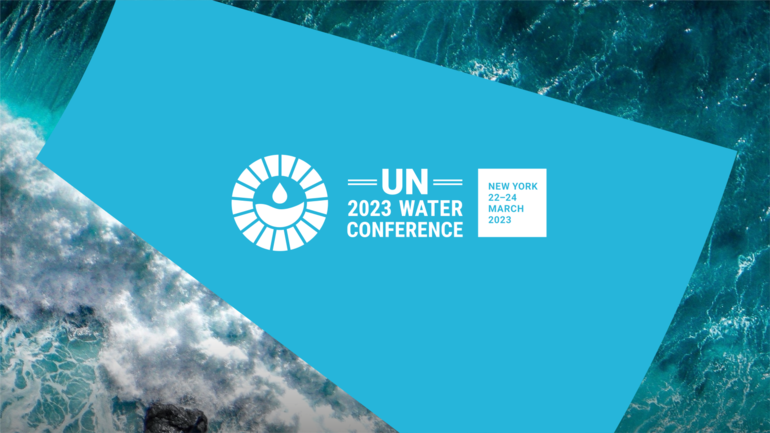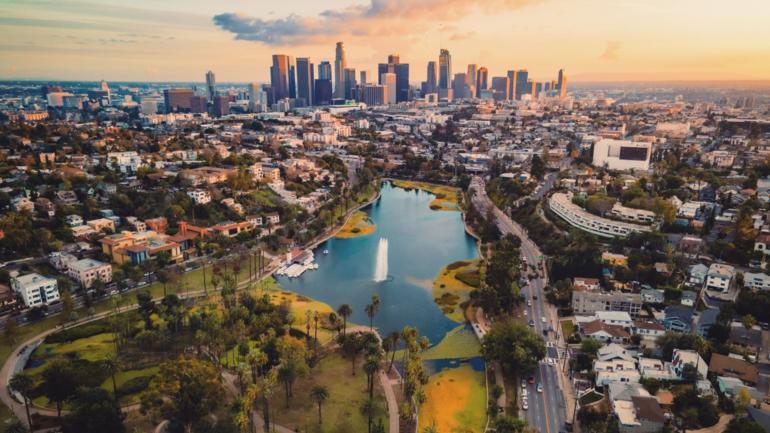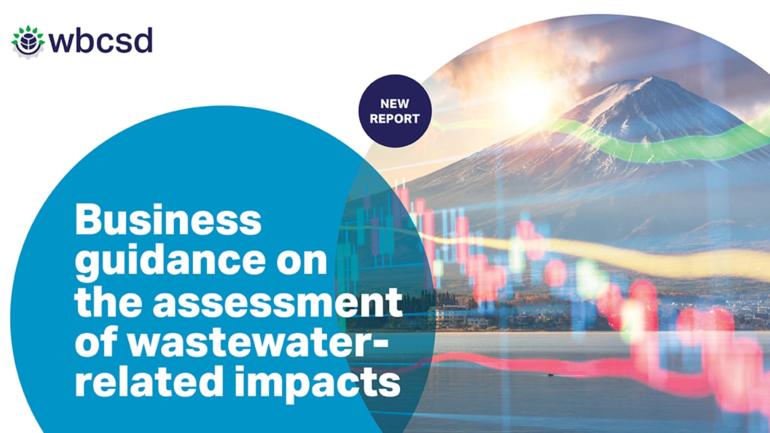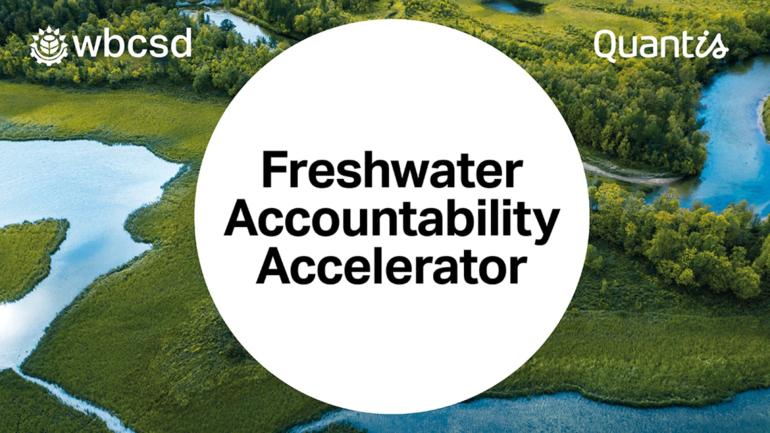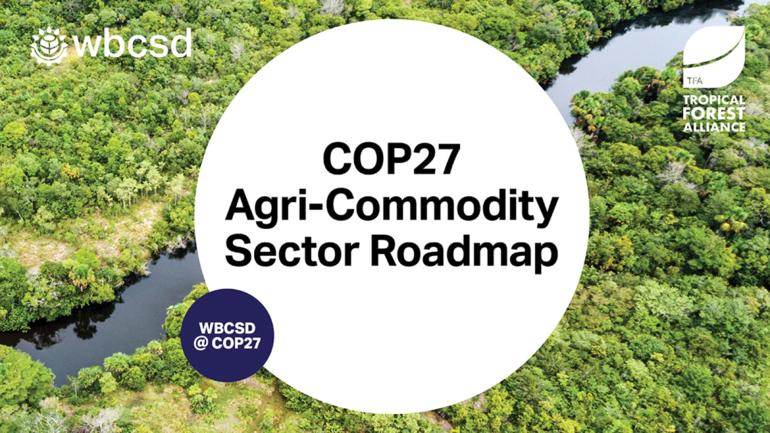Hand hygiene is essential to containing the spread of COVID-19 and many other infectious diseases. This World Water Day, and any other day, please remember to wash your hands regularly with water and soap or alcohol-based hand rub.
Today is international World Water Day, an opportunity to reflect on the importance of water for all life on the planet and what we all need to do to make sure we can live in harmony with water. This year’s focus is on the relationship between water and climate change and how the two are inextricably intertwined. To learn more about all of this we spoke with Arcadis’ Global Leader of Resilience and Water Management, Piet Dircke. Piet has more than 35 years of experience in water management and has worked on major water resilience projects all over the world. Arcadis has decades of experience in helping clients adapt to the water-related aspects of climate change, driven by their focus on improving quality of life.
We began our chat by asking Piet what he sees as the connection between climate change and water.
Piet: Without enough clean, freshwater, there is no life possible on earth, including human life. It is a human right and is essential for sanitation, which protects us from diseases, as we are all now keenly aware of with the coronavirus outbreak. But humans also need to be protected against the impacts of too much water.
Climate change can lead to too much, too little or too dirty water. Climate change also causes sea-level rise, which increases coastal flooding, as well as more frequent heavy rainfall, which increases urban and riverine flooding. Hurricanes and superstorms are also more frequent and intense because of global warming. And we’re seeing more and more extended draughts all over the world. All of this is negatively impacting the quality of human life. Resilient freshwater supply is also important for the viability of our businesses. In the agricultural sector, climate change is an obvious threat to farmers. But the vast majority of other industries also depend on having a ready supply of good quality water.
For me, the connection between climate change and water is most evident in cities. As a result of urbanization, it’s especially important that our cities become water resilient. But this is no easy task, in particular because it’s quite expensive to implement development projects in cities and, often, financing is limited. The key is creating shared value solutions that not only protect people from the effects of climate change but also create economic benefits for the city, which will attract investors. We specialize in this at Arcadis.
Piet, could you share some of your specific experiences and observations? Over the course of your career what signs have you seen that the climate is changing and how has this affected cities’ and businesses’ built assets?
Piet: I have seen fairly dramatic signs that the climate is changing, in particular when I think about living conditions for people in any number of large, low-lying cities on Earth. These people are dealing with much more frequent and devastating flooding, the result of a rising sea-level and the higher incidence of storms. Just in recent memory, disastrous hurricanes hit New Orleans, New York City, and Houston in the US. We also saw catastrophic typhoons in Southeast Asia. Additionally, recent droughts in São Paulo, Cape Town, California and even in Europe showed the impacts of too little water, not only resulting in water shortages but also in bush fires threatening urban areas and citizens.
Protecting coastal cities from extreme storms and flooding has been a significant part of your work over the years. What are some examples of cities that stand out in your mind for taking effective action to become more water resilient?
Investing in becoming more water resilient pays off. The City of Rotterdam’s innovative and proactive approach to water resiliency includes solutions such as multi-functional flood protection, a floating water pavilion and a reservoir catchment system. Also, in a neighborhood called ZOHO, the city incorporated social benefits for the community into the water resilience measures. Investments like these have helped the city, which partly sits seven meters below sea level, become one of the best-protected places on Earth, with a thriving economy and an attractive, functional cityscape. Lonely Planet, the largest travel guide publisher in the world, recently recognized resilient Rotterdam as one of the top global city destinations, which adds another layer to sustaining the local economy.
Also, the City of New York has worked hard in recent years, after being hit by Hurricane Sandy in 2012, to become more water resilient. In reaction to the storm, in 2013, Mayor Michael Bloomberg released a USD $20-billion-dollar plan called “A Stronger, More Resilient New York”. The plan is multi-layered and aims at reducing impacts whenever possible and improving the capacity of the city to bounce back from disruptions. New York wants to combine the main water management function (i.e., storage or flood protection) with urban functions such as parking, transport, recreation and tourism, as well as landscape and ecology. Doing so increases the value of these costly investments that occupy precious urban space, making them more feasible for cities to implement and more attractive. But also, New York understands better than any other city that no matter what happens “the show must go on”. In addition to providing flood protection for the city as a whole, New York has worked hard to better safeguard public services, by making not only their most critical public infrastructure, like public transport, tunnels, water, electricity but also hospitals and other public assets resilient. Additionally, NYC businesses are being challenged to invest in protecting their business continuity.
Climate change has different effects on different regions of the world. In some places, the result is too much water but in others global warming has led to water shortages. Can you talk about some of the work Arcadis has done to improve quality of life in water-stressed regions?
Piet: Water scarcity is indeed a serious climate-related issue the world is grappling with. The fast-growing city of Doha, the capital of Qatar, faces limited water resources, which creates a big challenge for its increasing numbers of citizens and tourists. Currently, the city can only store enough water to meet the people’s needs for two days. That means that even a minor drought has the potential to create a serious water crisis in the city. To increase Doha’s resilience and water security, Arcadis is helping build the first-of-its-kind mega reservoir project. The project will allow Doha to store 15 million cubic meters of potable water, increasing the city’s water supply security from two to seven days. The mega reservoirs will be the largest of their kind in the world. With a full week of water security, Doha’s citizens and businesses will have a more efficient, secure and resilient supply for the future.
Management to prevent a lack of water or too much water is amazingly complex. What does climate change mean for the way we need to think about water as a resource as well as force of nature?
Water has a tremendous impact on our lives. Climate change and the extraordinary situation we’re in now means we have to become more water conscious, and aware of the value of water, and of how vulnerable all life is because of climate-related issues with water. We will have to learn to live better with water and understand that water is our friend but also at times our enemy. And we will have to become more water resilient, and understand the value of resilience, in order to create the willingness to invest in it. We will all be challenged to look hard at what we do on a daily basis and ask ourselves if we can find less wasteful and more water resilient ways to do them. By recognizing that resilience is a quality that touches all aspects of society, we can investigate the future together and have the opportunity to protect our cities, businesses, and families, in a financially viable way. The benefits of resilience can be calculated, justified, and factored into the world’s investment plans. Resilience can help governments, cities and organizations reduce losses, but also realize significant additional benefits. We need to find new ways to deal with water as a resource, using less of it, keeping water quality at the required levels. Regarding water as a force of nature, we can fight it, but we’d do better by finding ways to embrace water, such as incorporating water into elements of building and infrastructure design.
----
To learn more about Arcadis’ work on water management and resilience around the world, check out their report Water. Improving Quality of Life and our white paper called The business case for resilience.
For more information on WBCSD’s work on water, check out: https://www.wbcsd.org/Food-and-Nature






